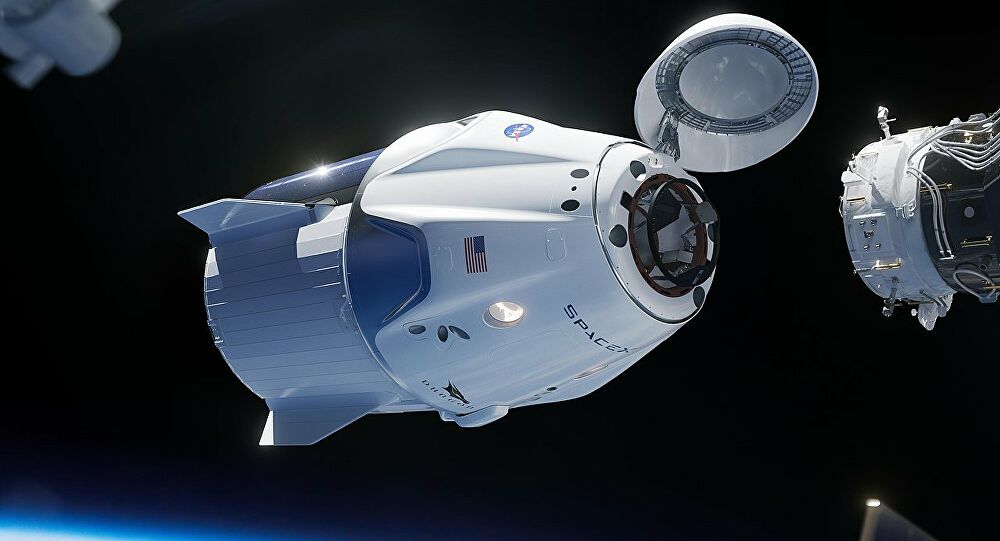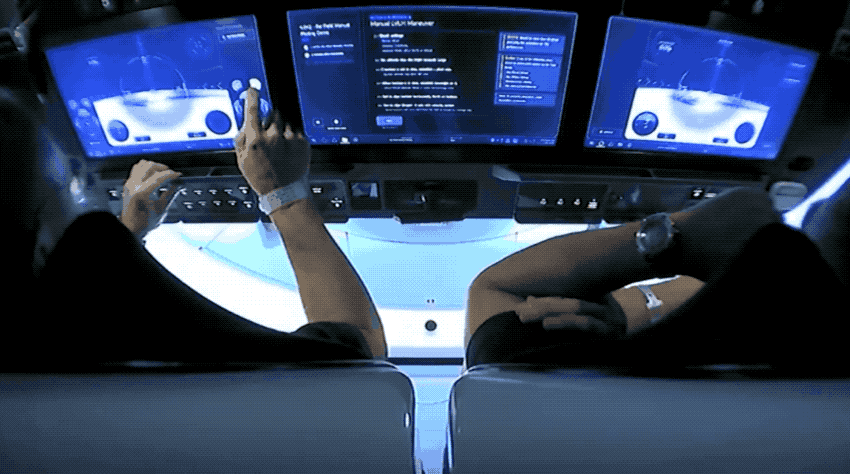
The Crew Dragon spacecraft launched on May 31 at 11:17 with two SpaceX astronauts successfully docked at the International Space Station ISS. SpaceX emphasizes that NASA will open its way to the Moon, Mars, and deeper spaces in the future through a program that entrusts personnel transport to private companies. The ISS camera captured the Crew Dragon a few hours before the scheduled dock, and this was broadcast live streamed. Using the flowing earth clouds and topography as the background, the appearance of a spaceship approaching little by little reminded me of a scene in a movie.
The Demo-2 mission combines environmental control, rocket control, temperature control, life support system, and docking system testing. SpaceX has successfully docked the ISS using a dragon transport ship about 20 times. At the time, control was almost automatic.
Meanwhile, Doug Harley managed to manually control the Crude Dragon. The Crew Dragon was launched from Cape Canaveral on May 30, and then headed to the ISS fully automatically. The Crew Dragon mission is docked to the ISS, and all of the off-orbit indicators and return are all done through computer control. However, if there is any discomfort in the Daong system, the astronauts have to control the aircraft themselves.
This test was the first attempt to manually manipulate the aircraft in space. In order for the Crew Dragon to be certified as a regular manned spacecraft, manual control is also an important part of the key.
These astronauts wore SpaceX spacesuits and began testing, but in fact, the Crewdragon cabin is pressurized and it is not necessary to wear spacesuits even when entering the docking process. In fact, it is easier to maneuver if there is enough space in the cabin and not wearing a space suit.

Manual control also involves doing vertical and horizontal work on the capsule LVLH via the touch screen, so onboard. In this case, the altitude is the distance from the surface. In other words, piloting the Crew Dragon is quite close to controlling the current aircraft. While the astronauts were performing their own piloting tasks, the automatic system sent commands to the computer irreplaceable to operate. It disables the computer system that controls the entire mission, including docking, and does not send instructions to actually move the Crew Dragon.
During this mission, two types of tests are conducted, one from a space far enough away from the ISS with long-distance operation. The other, on the contrary, is near-distance work near the space station.
Systems like the two astronauts can be used on their own. You can try it by opening the ISS docking simulator created by SpaceX in your browser.
After this docking, the Crew Dragon and the ISS docking part air was charged, the hatch opened, and the crew moved toward the ISS. Among the astronauts aboard the Crew Dragon, Doug Hurley was also one of the last crew members of the space shuttle. He ended the Atlantis STS-135 mission, ended a manned flight through a U.S.-made spacecraft, and took the role of ending again nine years later. When the Crude Dragon returns safely to the ground through the Demo-2 mission, the next commercial transport program begins. In the first mission, Crew-1, four astronauts will be on board. In addition to SpaceX, Boeing is also involved in transporting ISS personnel through US private companies.
In this mission, the two astronauts will stay on the ISS for 1 to 2 months and then return to the ground by riding the Crew Dragon. Related information can be found here .

